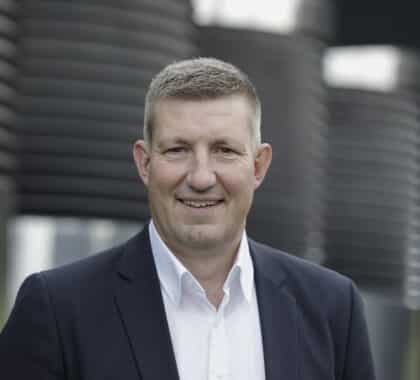Whether it is SAFe, Scrum or OKR; various organisations are undergoing an agile transformation in order to meet the innovation and time-to-market requirements of the VUCA environment. However, many companies quickly reach a point of high frustration as the promised results do not come into realisation. So why is this happening? There are many reasons, such as a lack of management support or haphazard community engagement which does not lead to the necessary cultural transformation. But one common challenge is “agile cherry picking”, that gets in the way of agile transformation.
What exactly does cherry-picking mean and what does agile cherry-picking look like in practice?
Agile cherry picking is the process of selecting those aspects of an agile framework that fits to the organisational structure or personal individual interests and that can be implemented without stepping on anyone’s toes. For example, members of an agile team take the position: ”I can do what I want”. On the other hand, stakeholders assume that they can change anything at any time. In this case, agility is equated with “unlimited freedom” instead of a structured, partly very narrowly defined process. It is therefore attempted to cherry pick and implement only the preferred aspects of agility, neglecting the other related processes. However, business agility is not an “all you can eat”- buffet where you can pick and choose what you like and leave the rest. First, all frameworks (like SAFe for example) need to be adjusted to legal regulations such as requirements of the industry, a country’s working condition act or the requirements of works council. It should be noted that the modelled frameworks deliberately do not provide guidance on the adaption of the original frameworks yet. This is a task for respected experts of the field. The problem is: In many cases this is not included in the original transformation approach.
Second any change is painful in the beginning and is often met with resistance. Fear of losing influence, not understanding a new way of working or not being valid anymore are only a few examples of conscious and unconscious resistance factors which all lead back to the basic psychological needs of security, trust, control, and self-worth. The result is that an agile framework is adapted in such a manner that it loses its full impact.
Agile light does not lead to full success
As mentioned earlier, it is not promising to only introduce rituals and roles that are familiar to the organisation and the management, or introducing them but not giving them the necessary authority. This is something that top management needs to keep in mind when making decisions about agile adoption. An agile framework can only reach its full potential if all the key levers are implemented and supported with full authority.
What is set and what can and should be adjusted
There are three levers to keep in mind to counteract agile cherry picking and to support your agile transformation.
- Respect agile principles and values: A key question that can be asked is: Does this decision fit with the agile principles and values? This gives you a good starting point for an agile mindset.
- Ensure authority: Ensure that people within the system have the knowledge, support and authority they need to fulfil their role. There should be experts in the fields who make decisions and take responsibility.
- Supporting communication and inviting leadership: Transparent communication, including clear leadership direction, is important and much easier said than done. A low-threshold communication combined with an inviting leadership approach will ensure the cultural part of the agile transformation.
If your organisation is still in the early stages of digital transformation, or you are working in a hybrid environment, where for example a (smaller) part of your organisation is already agile and other areas are still waterfall or systems engineering, it is important to define and maintain the interfaces between these (or other) ways of working. This includes explaining our work model to each other and respecting each other’s work. For this task, it is helpful to establish a role in the form of an ”ambassador”, ”mediator” or ”customer success lead” to mediate between the different ways of working and the respective participants.
Dare the gap
Agile transformation requires significant commitment to resources and resilience. There are many unknowns, even though some frameworks, such as SAFe, give the impression of safety due to their technical level. However, SAFe is still “just” a framework, that requires adaption, as it is a US framework that not consider EU working directives. Becoming agile requires courage, vision, and trust in the employees as well as management and understanding the consequences of the decisions being made. There are many pitfalls to avoid when implementing an agile framework, and agile cherry picking is only one of them. Keep that in mind, especially when making important decisions such as an “Agile Readiness Check”.





